3. Cranium Command -> PLAY?

A pavilion dedicated to the human body, health, wellness, and medicine had always been on the roster for EPCOT Center, but Imagineers’ plans for a lengthy, educational dark ride through the human body were deemed infeasible. Without a starring ride, a health pavilion didn’t make it to EPCOT in time for opening. But when the Lost Legend: STAR TOURS burst into Disneyland in 1987, Imagineers suddenly found themselves with a ride system capable of carrying guests through the human body… and serving as the kind of technological thrill ride envisioned as the solution to EPCOT’s tired, educational reputation.

When the Wonders of Life pavilion finally opened in 1989, the Lost Legend: BODY WARS was its anchor. But in a close second would’ve been Cranium Command – a show that recruited guests to join Buzzy the brain trainee as he’s assigned to pilot “the most unstable craft in the fleet”: a twelve year-old boy.
Set in a 200-seat theater stylized as the inside of a head with an Audio-Animatronic Buzzy at the controls, guests peered out through “eye” screens as they followed a day in the life of “Bobby” and all the trials and tribulations that a typical pubescent boy encounters: skipping breakfast, missing the bus, feeling lots of things about girls, being sent to the principals office, and a first kiss. In the style of Michael Eisner’s star-studded push to modernize EPCOT with celebrities, the whole thing was hilariously narrated by organs radioing into the cranium, communicating with Buzzy.
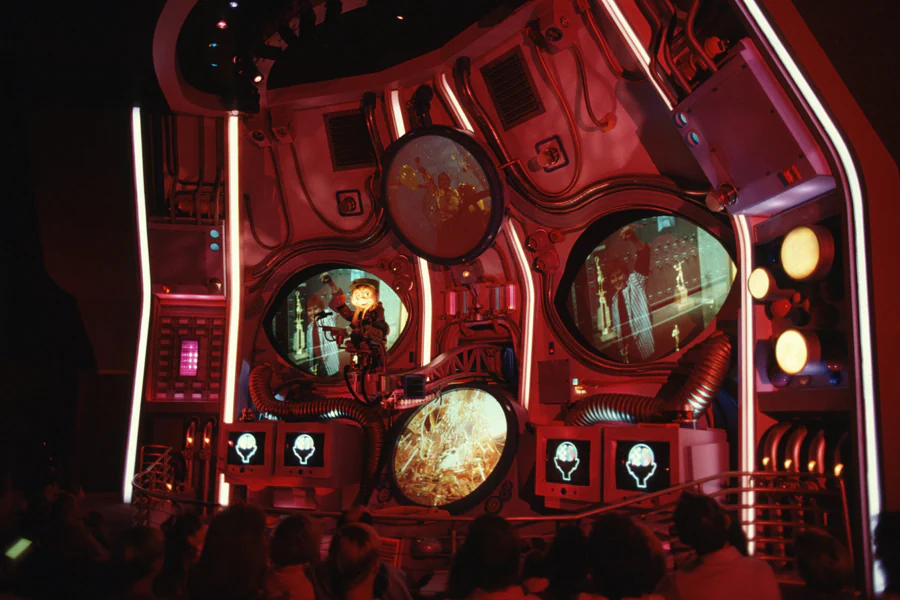
Cranium Command was a cute attraction, and its end wasn’t entirely its fault. MetLife’s sponsorship came to an end in 2001… and with it, seemingly any investment in the pavilion. To step into Wonders of Life in the years after was to see the complex in “suspended animation,” with entertainment cut, offerings limited, and even cleaning seemingly frozen. In 2004, the entire pavilion switched to “seasonal” status – often a death knell for Disney Parks attractions – meaning it would only open during the busiest periods.
The last “on” of its on-again-off-again operation was from November 26, 2006 to January 1, 2007 (covering the busy Thanksgiving, Christmas, and New Years holidays). It closed after the New Year, and never re-opened. Well… not as Wonders of Life anyway. Late that summer, the pavilion’s doors were opened as the new Festival Center, supporting EPCOT’s Food & Wine Festival. Yesterland’s “Erasing Wonders of Life” pictoral shows how year after year, the pavilion would open for festivals, and year after year, traces of its former identity disappeared.
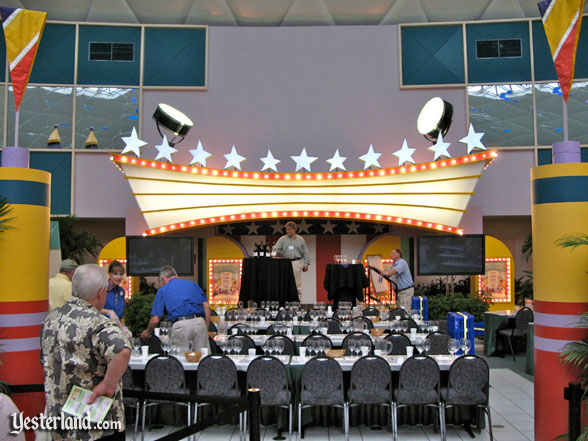
The space in front of Cranium Command had been used as a stage, a dining area, and a demonstration space, but never the theater’s interior. That makes sense since very little could be done in a theater shaped like the inside of the human head. Reportedly, as of 2017, Cranium Command’s theater, lighting, seats, and stage are still untouched. That may actually come in handy.
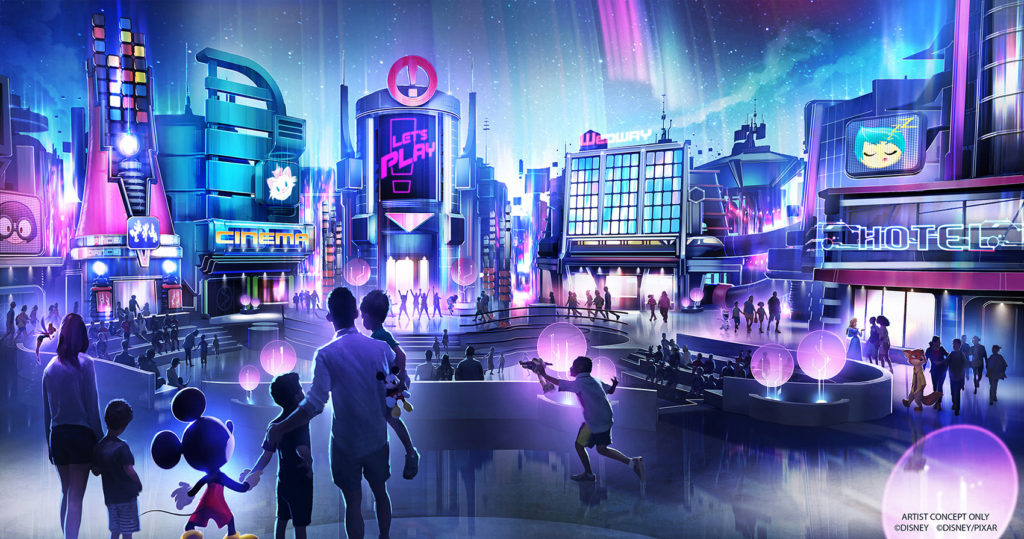
In 2019, Disney finally announced a permanent use for the former Wonders of Life. Centered on an emerging topic of study, the PLAY pavilion would transform Wonders of Life’s huge interior space into a glowing, digital city packed with allusions to emoji-style Disney, Pixar, Marvel, and Star Wars characters. It’s believed that the Play pavilion would include numerous small, interactive attractions and shows, but no rides.
However, that still makes it entirely possible that the Cranium Command theater – by most accounts, perfectly ready to host a new show – could gain new life. We just don’t know yet, because Disney’s been pretty silent on the Play pavilion since the 2020 pandemic, leading fans to speculate as to how far along development was before all those budget cuts…
Read the full story of Wonders of Life and Body Wars here.
4. Universe of Energy – Guardians of the Galaxy: Cosmic Rewind
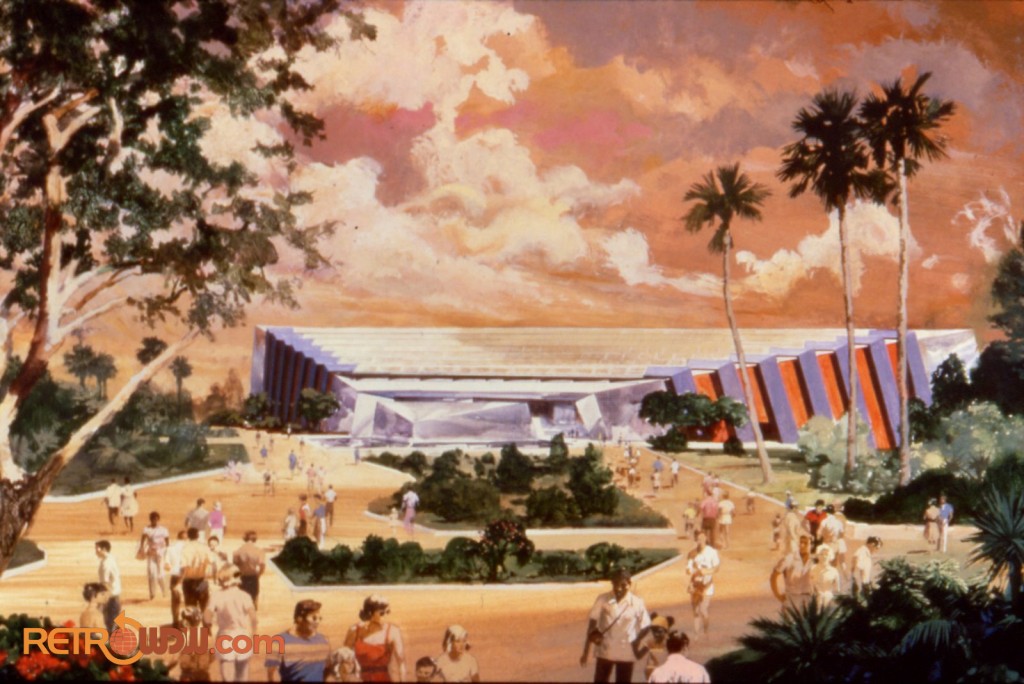
Today, it’s almost hard to believe that at one time, EPCOT contained a 45-minute dark ride through the history of fossil fuels. But until 2017, it was true. Universe of Energy opened in 1982 as the (through today’s lens, controversial) product of oil giant Exxon, who, of course, had some amount of interest in downplaying the future of energy and instead discussed the pros (and sometimes, cons) of fossil fuels like coal, oil, and natural gas.
Universe of Energy was a gargantuan attraction. It began with guests grouped into a pre-show before setting into a theater with room for 480 guests. After an introductory film, the theater would physically rotate, breaking apart into six vehicles (of 80 riders each), slowly advancing out of the theater and into the ride’s most iconic scene – a Primeval World diorama depicting the origin of fossil fuels – all the ancient dinosaurs and plants that, eventually, would be buried, pressurized, and turned into the oil we find today. The vehicles would pull into a second theater before returning to the first to disembark.

Frankly, from a 21st century point of view, Universe of Energy had a lot of issues. First, it was very, very, very long… a real negative with our increasingly shortened attention spans, and with EPCOT’s practiced shift from adults to families. Second, it was (and this is true) boring. Even when the ride was retrofitted to add Ellen Degeneres (brought on by Disney’s acquisition of ABC, where Ellen’s sitcom was produced) and Bill Nye the Science Guy, it was a very boring ride known to bring even the most devoted fans to at least a momentary nap. And finally, even if the 1996 Ellen redux did a better job of facing the truth about fossil fuels, it wasn’t very “EPCOT” to leave solar, wind, and hydro power relegated to cameos.
It’s not that Universe of Energy was a bad ride (and indeed, very few attractions on Earth can match it for scale). But it is surprising in many ways that it outlasted classics like World of Motion, Horizons, and the original Journey into Imagination, isn’t it?
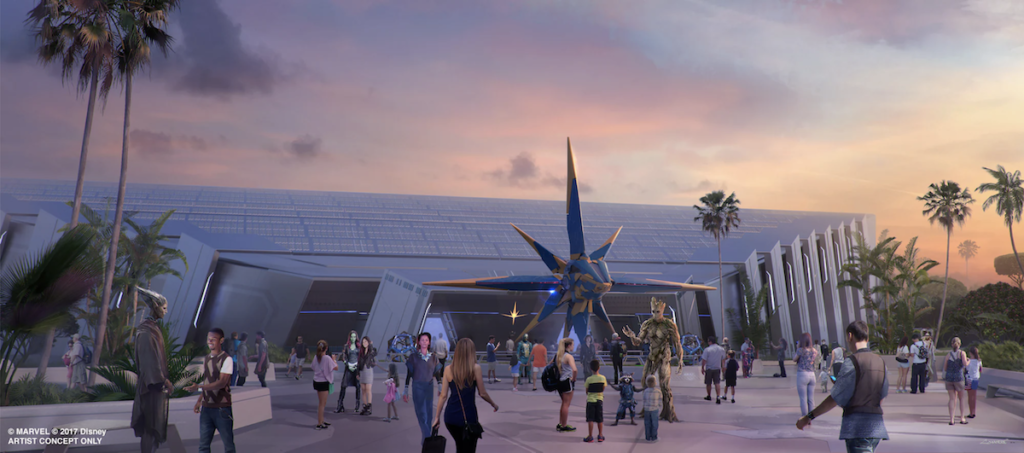
Universe of Energy closed forever on August 13, 2017. (Coincidentally, the same day as the only other attraction at the resort using the same ride system – the Lost Legend: The Great Movie Ride.) Generally, any ride replacement at EPCOT breeds controversy… but few can match the fervor surrounding Guardians of the Galaxy: Cosmic Rewind.
Of course, making a ride “acceptable” to die-hard EPCOT fans isn’t Disney’s first priority, but they did try in some (often cringey) ways to make Marvel’s irreverent, rock-‘n’-roll superhero squad fit in the park… Any early (and much-derided) bit of fan service suggested that Peter Quill aka Star Lord (played by Jurassic World and Parks & Rec alum Chris Pratt) had visited EPCOT Center as a child in the ’80s. Then, Disney explained that while the pavilion wouldn’t necessarily have a centering “topic” like the rest of Future World, it would be an “Other World Showcase” pavilion, framed as a cultural embassy of the planet Xandar. (Fans didn’t care for that much, either.)
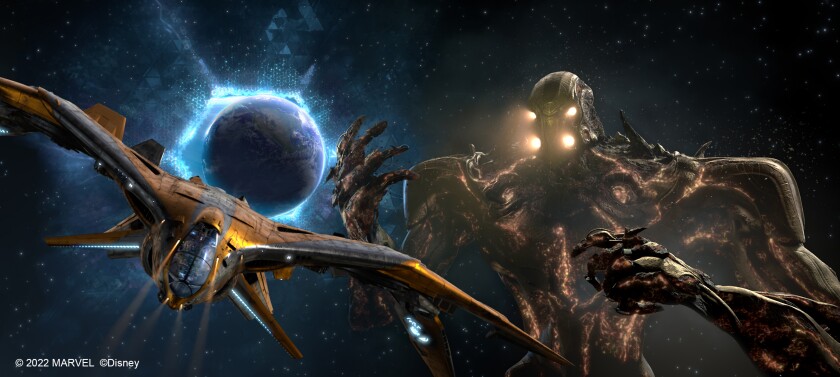
Just as when the Guardians of the Galaxy overtook the Lost Legend: The Twilight Zone Tower of Terror at Disney California Adventure, the context may be questionable, but it’s hard to argue with the end product. Cosmic Rewind is a whole lot of fun. A pretty incomprehensible plot sees guests transported from EPCOT to Xandar, then sent on a mission with the Guardians to save the “Cosmic Generator” that powers the transporter from a Celestial who seeks to use it to travel back in time and erase humanity… or something like that.
It doesn’t really matter, because the point is that the launched family coaster twists and slaloms through the stars, accelerating through projected “jump points” and flashing back to the Big Bang while rotating and zooming past interstellar projections, all to the tune of songs like Earth, Wind, and Fire’s “September,” Blondie’s “One Way or Another,” and Gloria Estefan’s “Conga.” Of course it doesn’t make sense in EPCOT, but it’s a good time.
Read the full story of EPCOT’s Universe of Energy here.
5. Maelstrom
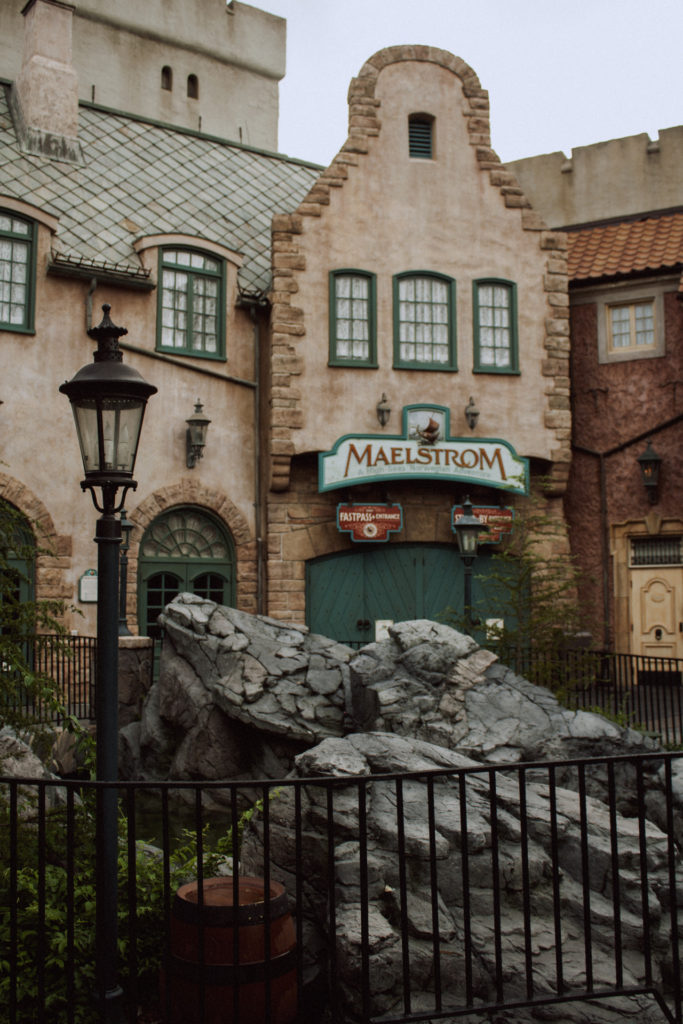
The Norway pavilion opened at EPCOT in 1988 – six years after the rest of World Showcase. Given the climate at Disney at the time (with then-CEO Michael Eisner demanding more thrills as part of the park’s transformation) it’s no surprise that a ride was part of the deal. What did surprise Imagineers was what representatives from Norway wanted the ride to contain.
Whereas designers had concepted plans for a mythological ride through a troll swamp, Norway insisted that their country not be reduced to fairy tales and legends, requesting that the ride contain “Vikings, a fishing village, polar bears, a fjord, an oil rig, and maybe a troll or two.” Somehow, Disney made it work, wrapping it all up in a four minute voyage. Maelstrom was… well… weird. But that was part of the ride’s charm.
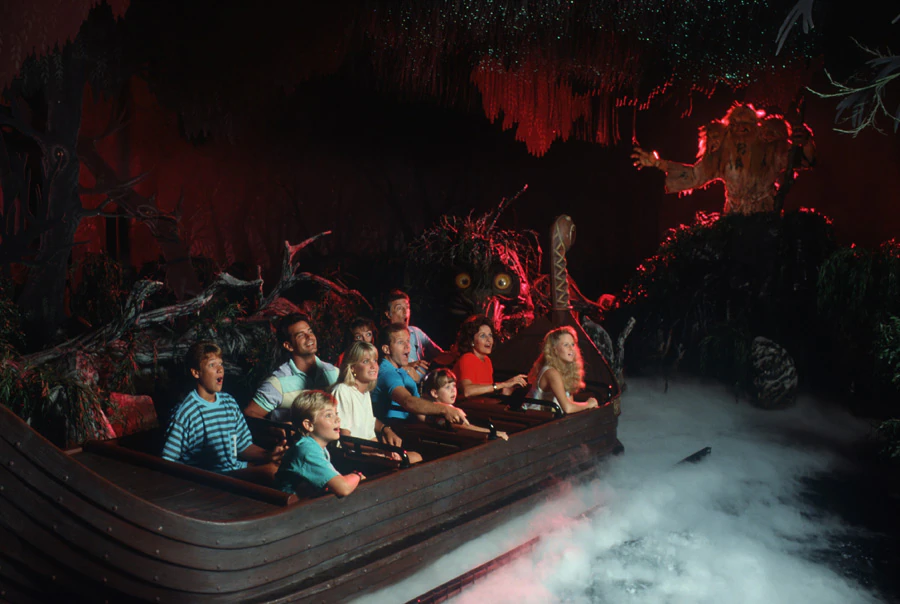
By the 2010s, Maelstrom was as “old school” EPCOT as a ride can get; an ’80s oddity and a “hidden gem” tucked away in the Norway pavilion. And even though it was admittedly retro, it seemed like Maelstrom would just be a thing forever. After all, it’s not like Disney would ever have a Scandanavian-set movie to take its place… right?
Obviously, 2013’s Frozen changed the game. Grossing $1.28 billion (earning in three months what Disney California Adventure’s five year rebuild cost) and launching a franchise with incalculable merchandising value, Frozen fit the bill. Kind of. Okay, technically, the animated film is set in the Scandanavian-inspired (but ultimately, fictional) Kingdom of Arendelle, and it’s theoretically based on the fairy tale of the Snow Queen written by Scandanavian author Hans Christian Andersen…
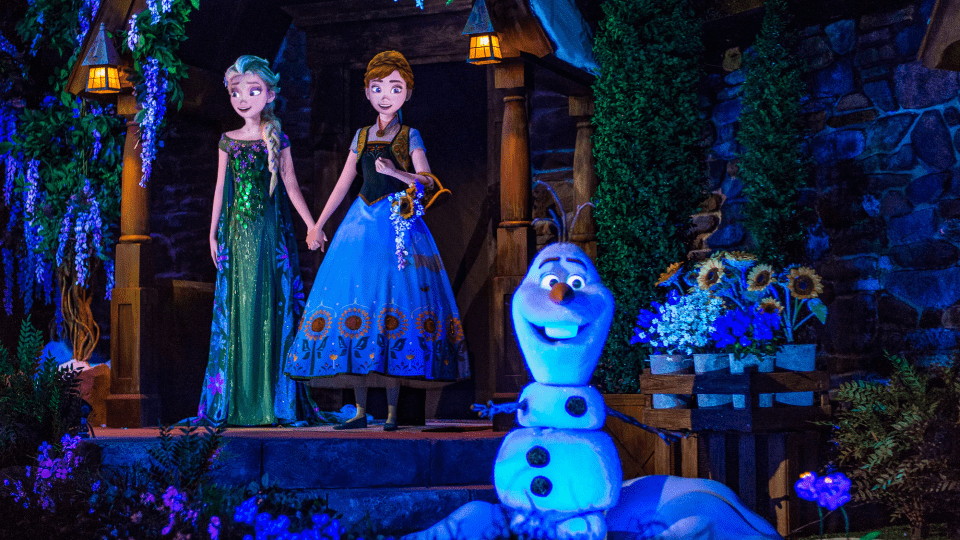
But you have to remember that in the early 2010s, the “rules” of EPCOT – and certainly World Showcase – were still more or less in place. Long before Ratatouille or Guardians of the Galaxy, the idea of an animated film being dropped into a country around World Showcase Lagoon was unheard of. That made 2016’s Frozen Ever After a mortal sin in the eyes of many EPCOT fans.
As with all things EPCOT, vitriol mostly quieted once the ride opened. The Modern Marvel: Frozen Ever After re-uses the ride system and dragon-headed Viking longboat vehicles from Maelstrom (only slightly altering the course and reclaiming some ride space by relocating the load platform), and adds some sensational Audio-Animatronics. Best of all, it is not a “book report” ride merely re-telling the story we already know, but a new adventure that sees guests return to Arendelle for an annual Winter-in-Summer Day celebration.
So the end result is that Frozen probably deserved a bigger or more significant ride than this well-done redress of Maelstrom’s four-minute cruise, but a well-done redress it is. Frozen Ever After added much-needed family draw to the park while re-activating the underutilized Maelstrom space. So even if it’s sad to see the end of the last remains of “weird EPCOT” (except for a few Maelstrom Easter eggs in the new ride), it’s still a very good ride in its own right.
Read the full story of EPCOT’s Maelstrom here, and of Frozen Ever After here.

